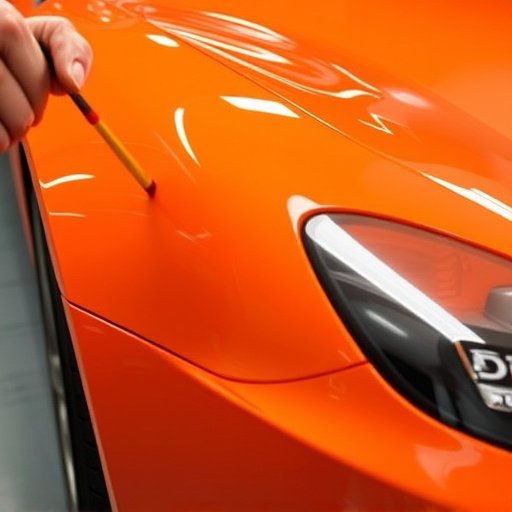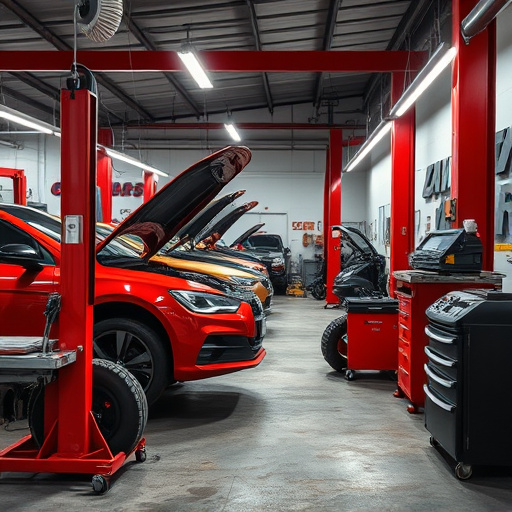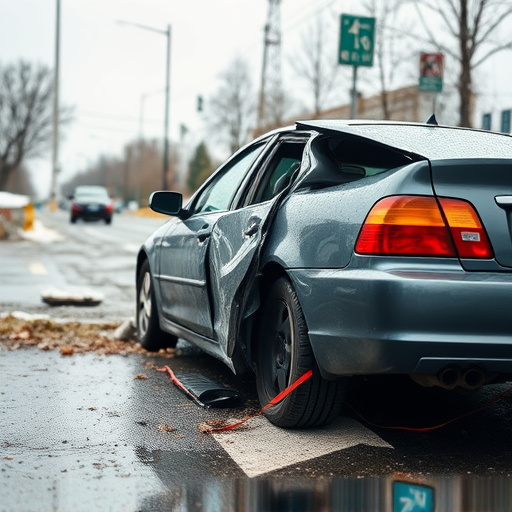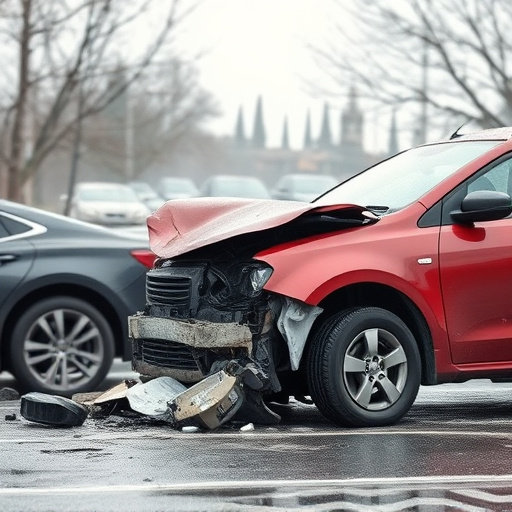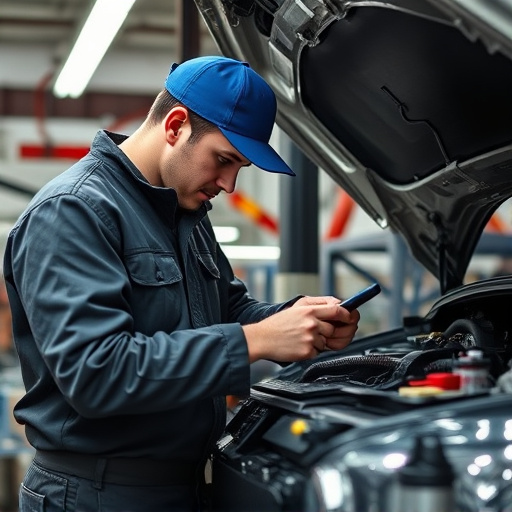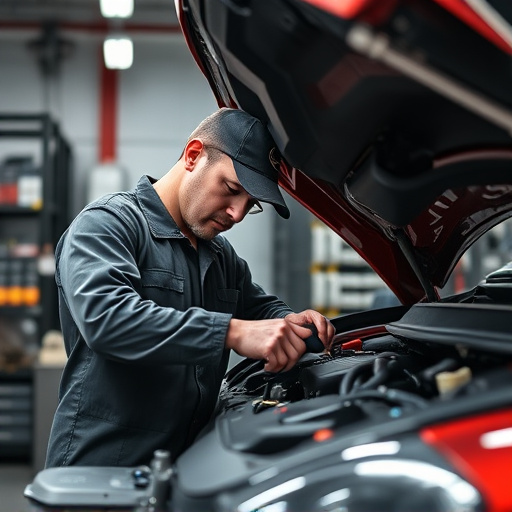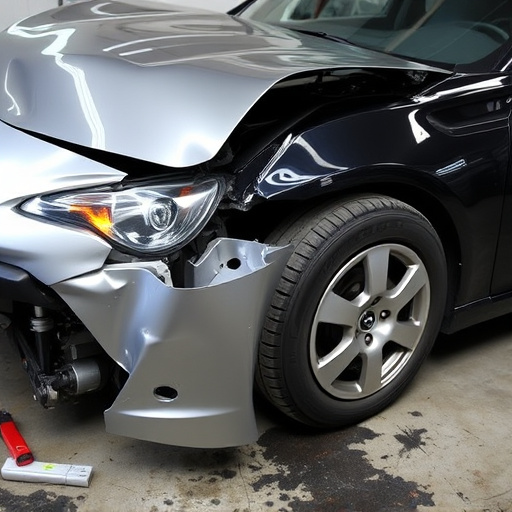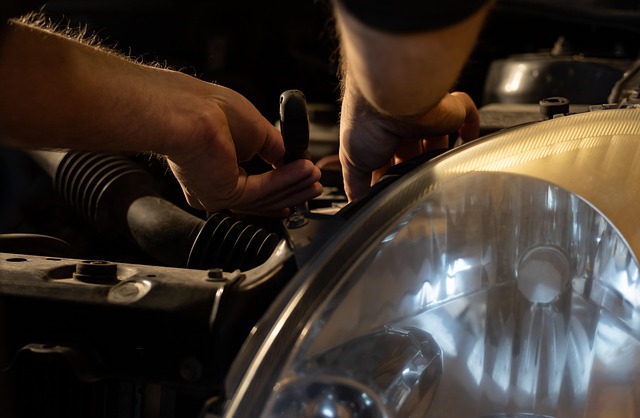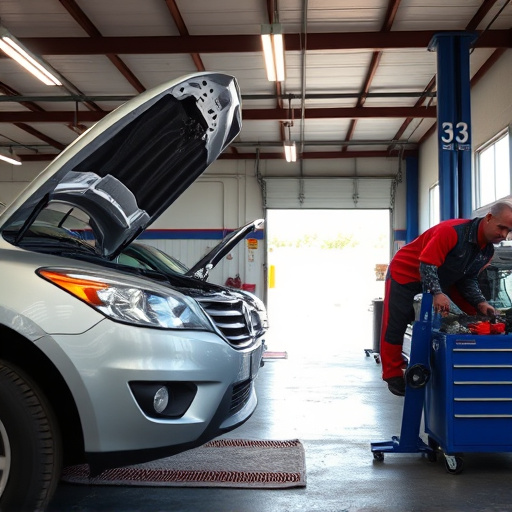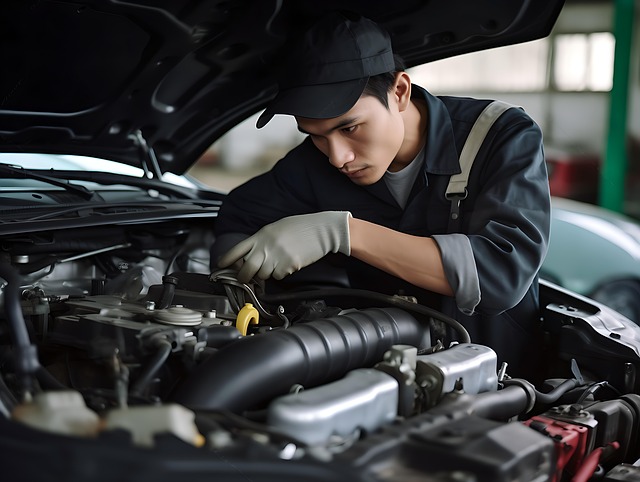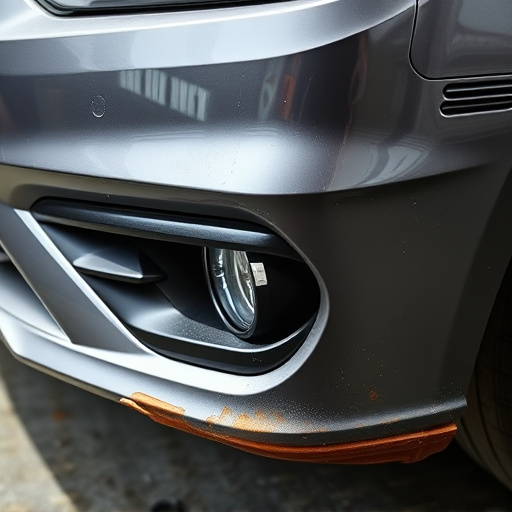Sun damage restoration involves a meticulous process starting with assessment and cleaning, followed by tailored repairs from touch-ups to panel replacement. Severe cases may require advanced dent repair for optimal aesthetic and protective results, with regular quality checks ensuring industry standards.
“Sun damage can significantly impact your property, but understanding the duration of restoration services is essential for effective planning. This article delves into the intricacies of sun damage assessment, offering insight into how professionals gauge extent and severity. We explore the meticulous restoration process, from cleaning techniques to repair methods, providing a comprehensive overview. Furthermore, we break down typical timelines, guiding you through each step—from initial inspection to final completion—for your sun damage restoration project.”
- Assessing Sun Damage Extent and Severity
- Restoration Process: Cleaning and Repair Techniques
- Timelines: From Inspection to Completion
Assessing Sun Damage Extent and Severity
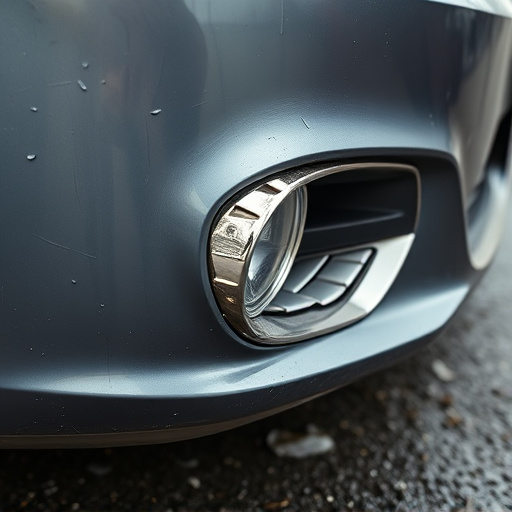
Assessing sun damage is a crucial step in understanding how extensive the restoration process will be for your vehicle. It involves a meticulous examination of the affected areas, taking into account both visible signs and underlying structural integrity. Sun damage can manifest in various ways, from surface-level fading and peeling to more severe issues like cracking, blistering, or even delamination of paint and trim.
Professional restorers use specialized tools and techniques to evaluate the severity of sun damage. This may include close inspection with magnifying glasses, UV light analysis, and sometimes even advanced scanning technologies. By accurately determining the extent and depth of sun damage, restorers can tailor their sun damage restoration services accordingly, whether it involves simple touch-ups or a complete car body restoration. For instance, severe cases of sun damage on a car’s exterior may require not only repainting but also repair of damaged panels or replacement of affected components, mirroring the meticulous process of top-tier car bodywork services.
Restoration Process: Cleaning and Repair Techniques
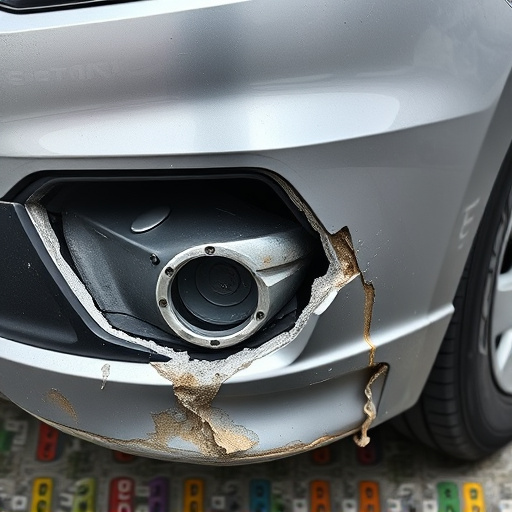
The sun damage restoration process involves a meticulous cleaning and repair technique to revive affected surfaces. Professionals begin by assessing the extent of the damage, which can range from faded paint and cracked finishes to more severe cases of peeling or blistered textures. Once the damaged area is identified, specialized cleaning solutions are employed to remove dirt, grime, and any residual salt deposits left behind by prolonged sun exposure. These cleaning processes are crucial in preparing the surface for subsequent repairs.
After cleaning, skilled technicians may employ various repair methods tailored to the specific needs of each vehicle. This could involve anything from simple touch-ups on minor scratches or dents using advanced car paint services to more complex repainting sessions to match the original factory finish. In cases of severe sun damage, a trip to the dent repair section of a reputable car body shop might be necessary for comprehensive restoration, ensuring the vehicle regains its former aesthetic appeal and protection against future weather-related deterioration.
Timelines: From Inspection to Completion
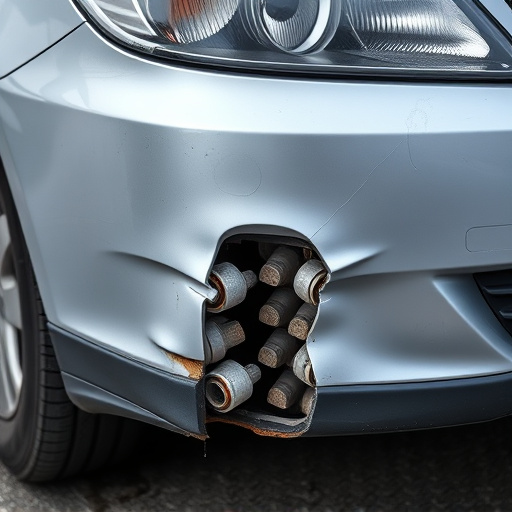
The process of sun damage restoration can vary significantly depending on several factors, including the severity of the damage and the scale of the restoration project. Typically, the journey from inspection to completion involves multiple stages. Initially, a thorough inspection is conducted by professionals to assess the extent of the sun damage, which may include faded paint, cracked or discolored surfaces, and potential structural issues. This step is crucial as it determines the scope of work required for restoration.
Once the evaluation is complete, the restorers can provide an estimate outlining the timeline and costs. The actual repair process often begins with car dent repair or car damage repair techniques tailored to address specific issues. For instance, severe cases might involve replacing damaged panels, while minor repairs could focus on painting and surface rejuvenation. Throughout the restoration, regular checks ensure that the work aligns with industry standards and client expectations. This meticulous approach guarantees not only the successful removal of sun damage but also maintains the vehicle’s aesthetic appeal, akin to an auto collision center’s precision in handling accidents without leaving a trace.
Sun damage restoration services can vary in timeline based on the extent of the damage, but understanding the process from inspection to completion offers valuable insight. After assessing the severity of sun damage, professionals employ specialized cleaning and repair techniques tailored to specific needs. Typically, projects can range from a few days for minor repairs to several weeks for extensive restorations, ensuring structures are not only repaired but also protected against future UV exposure. Timely intervention is key in mitigating long-term effects, making it crucial for homeowners to seek expert advice promptly regarding sun damage restoration.
